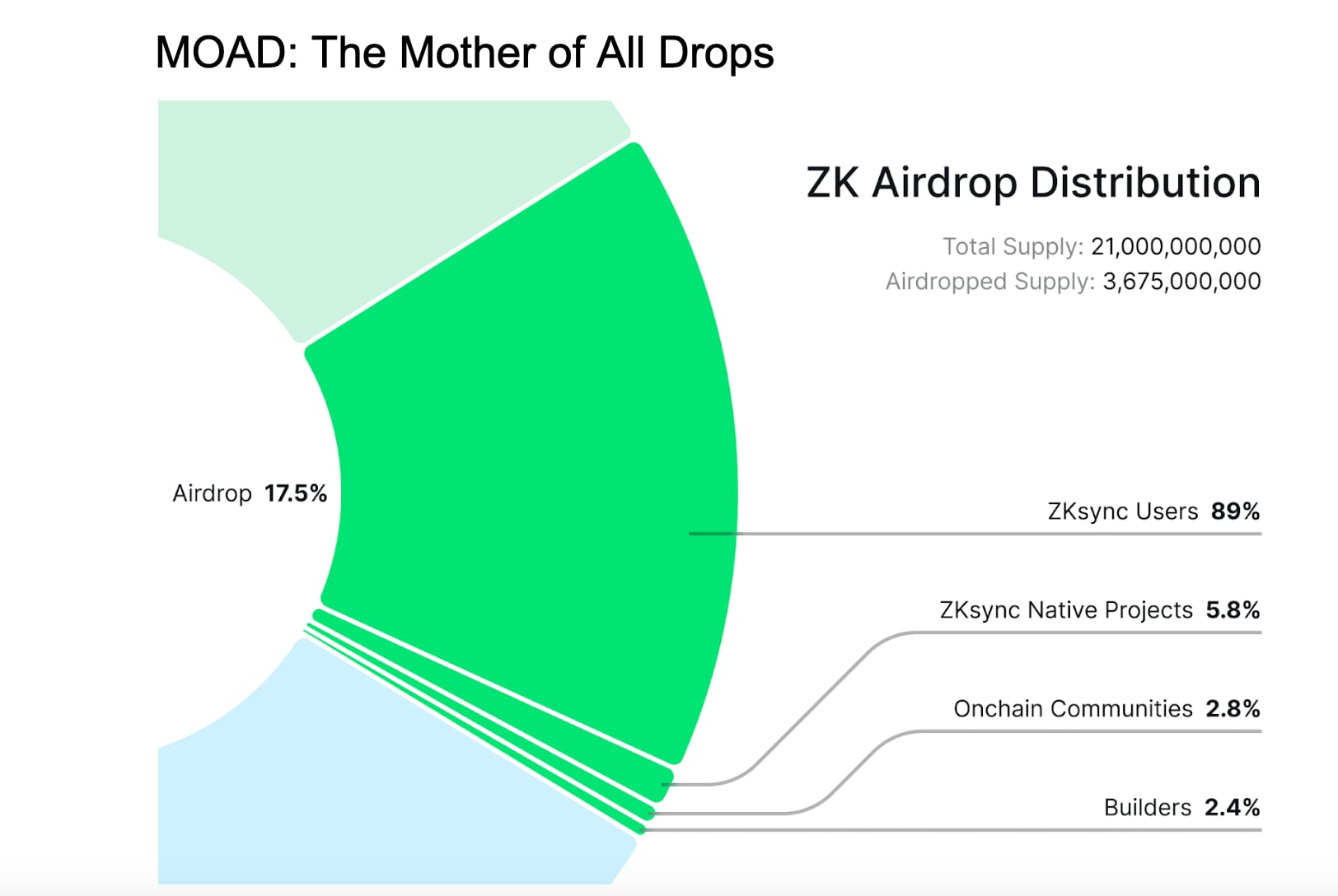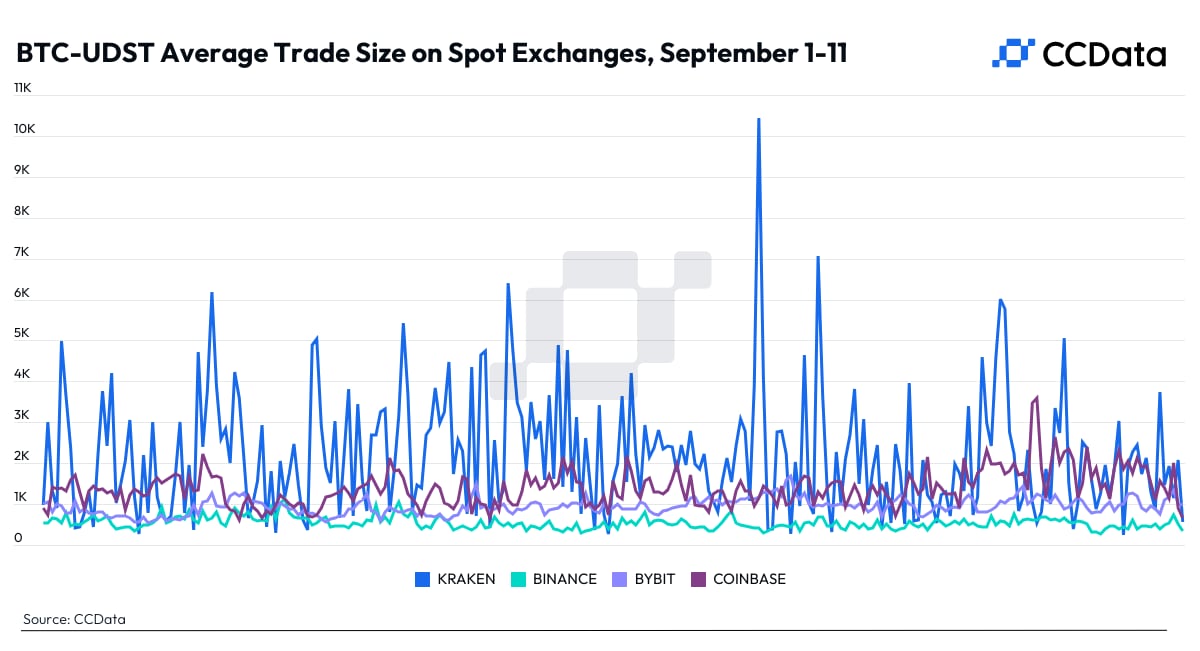Coinspeaker
Israel Reveals Plans for Interest-Bearing CBDC
Israel’s central bank has announced plans to launch an interest-bearing Israeli shekel central bank digital currency (CBDC). According to the announcement made on March 11, the digital shekel will follow a two-tier model. It will have such important features as 24/7 instant payments, multipayment support, offline use, and caps on balances.
On Monday, the central bank published a paper discussing the logical architecture of the digital shekel as part of the design process. The bank is yet to decide on some aspects of the digital shekel. This includes technology decisions such as whether to use distributed ledger technology. It is expected that the Bank of Israel will publish several papers in the months leading up to the December 2024 target date for a design document.
Addressing the privacy concerns that are constantly raised in discussions about central bank-issued digital currency, the Bank of Israel (BoI) wrote:
“In the area of privacy, the architecture will allow the central bank, as the system administrator, to define the types of information required for the operation, control, and monitoring of the system. However, the central bank will not have access to personally identifiable information about end users’ balances and transactions.”
Commercial banks in Israel currently pay 4.86% interest on their customers’ fiat shekel deposits and savings. If the central bank’s digital shekel plans were implemented, the banks would be able to add the shekel CBDC to their short-term liquidity reserves without incurring interest.
Israel has been entertaining the idea of a CBDC since 2021 and has yet to begin any pilot tests. The BoI notes that due to “the interdependence between the various components of the digital shekel system, the decisions are not final”. Last year, the bank stated that it could issue a digital shekel if stablecoin use increased. At that time, however, BoI noted that there were no signs of substantial adoption of stablecoins as a payment system in the country.
The proposed digital shekel is different from other CBDCs in at least two ways. These are its interest-bearing nature and the separation of the role of banks from the provision of wallets and payment services.
With a lot of retail CBDC designs, users can create a CBDC wallet with a bank or payment provider that they already use. The provider’s role is to fund and defund the CBDC wallet directly and relay payment instructions. In BoI’s proposed system, users would be able to use open banking APIs to open a CBDC wallet with a payment provider and connect several third-party banks for funding or defunding.
Another unique feature of the proposed digital shekel is a centralized database of pseudonymous account balance information. While the central bank would not have access to personally identifiable information, it will likely be able to identify corporate balances. It is believed that personal data will be stored in the central database in an encrypted format and that only the payment service provider connected to the user will have read access to it.
“The data structure must enable the system to comply with all of the assumptions defined […], including the ability to enforce holding restrictions and to apply interest. In particular, in a case where the interest is dependent on the type of user and the size of the balance, there is an advantage to having a centralized database,” researchers wrote.





